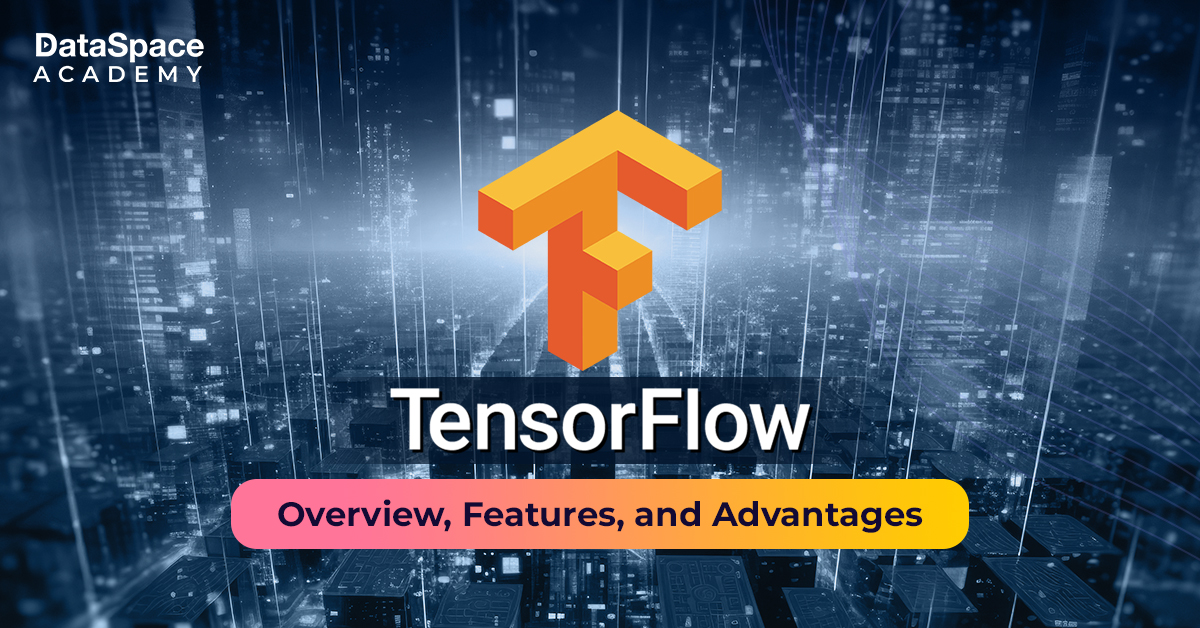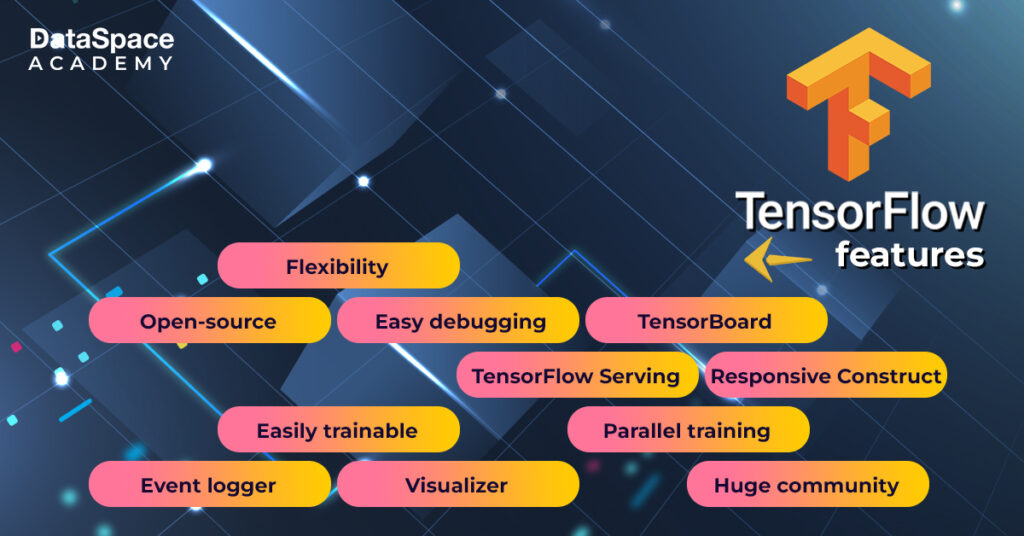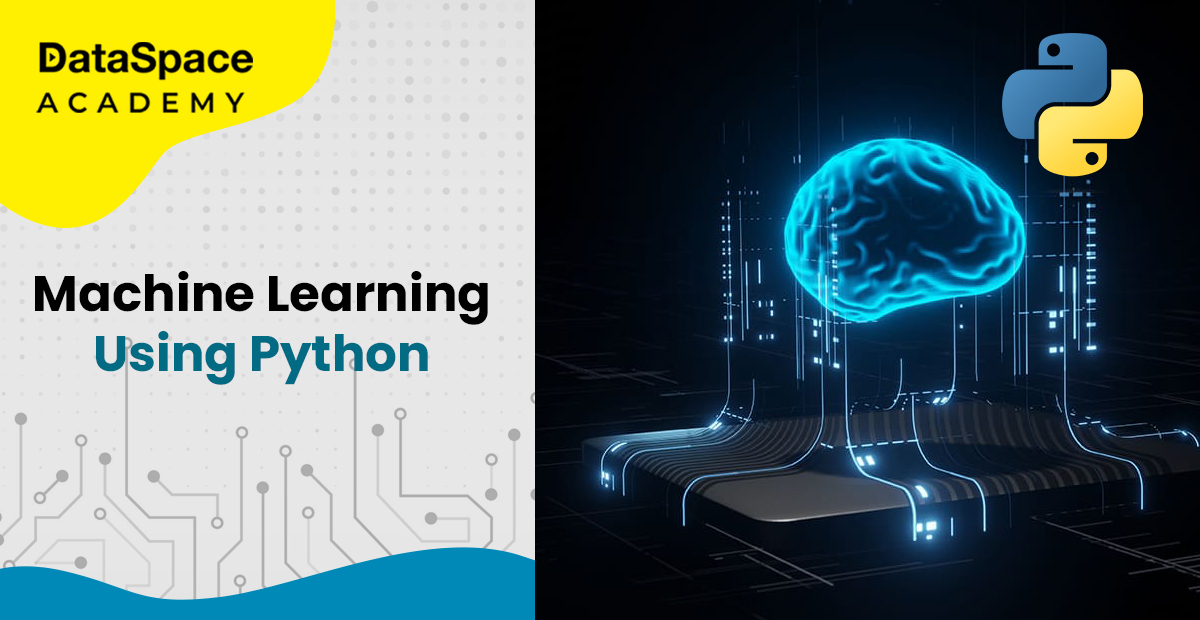Tensorflow - Overview, Features and Advantages
Last Updated : 06 Feb, 2024
 1.27L
1.27L

Introduction
Tensorflow is a Python-friendly, open source, and end-to-end platform for deep learning and machine learning. The library is capable of training deep neural networks for image recognition, digit classification that is handwritten, word embedding, and recurrent neural networks. It also supports prediction at scale with the training models. Tensorflow further integrates a number of APIs for creating architecture of deep learning such as Recurrent Neural Network (RNN) and Convolutional Neural Network (CNN).
The blog here offers a detailed overview of the popular ML library.
Key features of Tensorflow

Flexibility
Tensorflow boasts flexible operation and easy modularity. Users also have the liberty to create some of the parts standalone.
Open source
The tensorflow machine learning library is completely open-source. Hence anybody can use and work on it to introduce interesting stuff to the community.
Quick Debugging
Tensorflow has gained a reputation for quick debugging. This popular ML library allows users to reflect on each node and run its evaluation.
TensorBoard
TensorBoard extends tooling and visualisation required for ML experimentation.
TensorFlow Serving
TensorFlow Serving helps to implement new experiments and algorithms yet without altering the APIs and server architecture.
Responsive construct
Unlike Numpy or SciKit, with Tensorflow, users are able to visualise every aspect of a graph.
Easily trainable
Tensorflow can be trained on CPU and for the GPU as a part of distributed computing.
Parallel neural networks
Tensorflow allows users to train several neural networks as well as multiple GPUs. This “parallel” quotient makes the models highly effective for large-scale systems.
Event logger
The event logger with TensorBoard can monitor output of the tasks and check the logging events from graphs.
Large community
The large community offers developers to work with improved stability and continuous improvements.
Visualizer
The visualizer in Tensorflow enables verification of representation models. It also helps to make the necessary changes while debugging.
How does Tensorflow work?
Tensorflow offers professionals and developers the ability to create graphs and structures for describing data insights. The tool accepts inputs from the multi dimensional array aka Tensors which are then displayed through operational flowcharts. Tensorflow is used for solve real life problems and is very easily accessible by the programmers. Needless to mention, it is a widely used tool in the data analytics domain.
Components of Tensorflow
Tensors:
The tensors are multidimensional arrays that have dynamic sizes so that they can carry out multiple computations.
Graphs:
A popular component of TensorFlow, Graphs come in handy for representing computation. which is executed during the training process. This component enables Tensorflow to run fast and in parallel on diverse devices.
Variables:
This component in TensorFlow enables changing value by running different operations across it.
Session:
The Session allows the execution of graphs and allocates resources so that they can hold actual values of intermediates and intermediate results.
Nodes:
Every node in the Tensorflow graphs shows an instance of mathematical functions such as multiplication, addition, subtraction, or division.
Placeholders:
The placeholder component sends information and data between the graph of Tensorflow and the program.
Advantages of using Tensorflow
Tensorflow has gained popularity mainly due to computational graphs, adaptability, and automatic differentiation. Some of the advantages of Tensorflow are as below:

Scalability:
Tensorflow is highly scalable which allows it to work efficiently across both cellular devices and other devices with equal ease. It comes with a defined library which is not limited to a single device for deployment.
Debugging:
The Tensorflow library includes Tensorboard that enables easy node debugging. It also helps in reducing the burden of visiting the entire code.
Compatibility:
Tensorflow is compatible with a diverse range of programming languages such as JavaScript, Python and C++. The tool is designed to work across different environments.
Architectural support:
The TPU architecture of Tensorflow speeds up the computation speed in comparison to CPU and GPU. TPU models can be deployed easily over the clouds. These models also work quicker compared to CPU and GPU models.
Library management:
Tensorflow goes through regular updates as it is backed by Google.
Popular Competitors of Tensorflow
Despite its widespread popularity, Tensorflow is not short of competitors. Here is a list of the popular competitors of Tensorflow:
- Theano
- PyTorch
- OpenCV
- Keras
- Apache Spark
- MXNet
- scikit-learn
Conclusion
Tensorflow is the open source library that carries out numerical computation and uses data flow with a flexible architecture. The ability to easily build ML models makes TensorFlow a staple library in the data science domain.
DataSpace Academy provides a tailored approach to learning TensorFlow and other ML tools with its industry-leading machine learning using python program. The course offers bothe theoretical and practical training.
 1.27L
1.27L





































































































